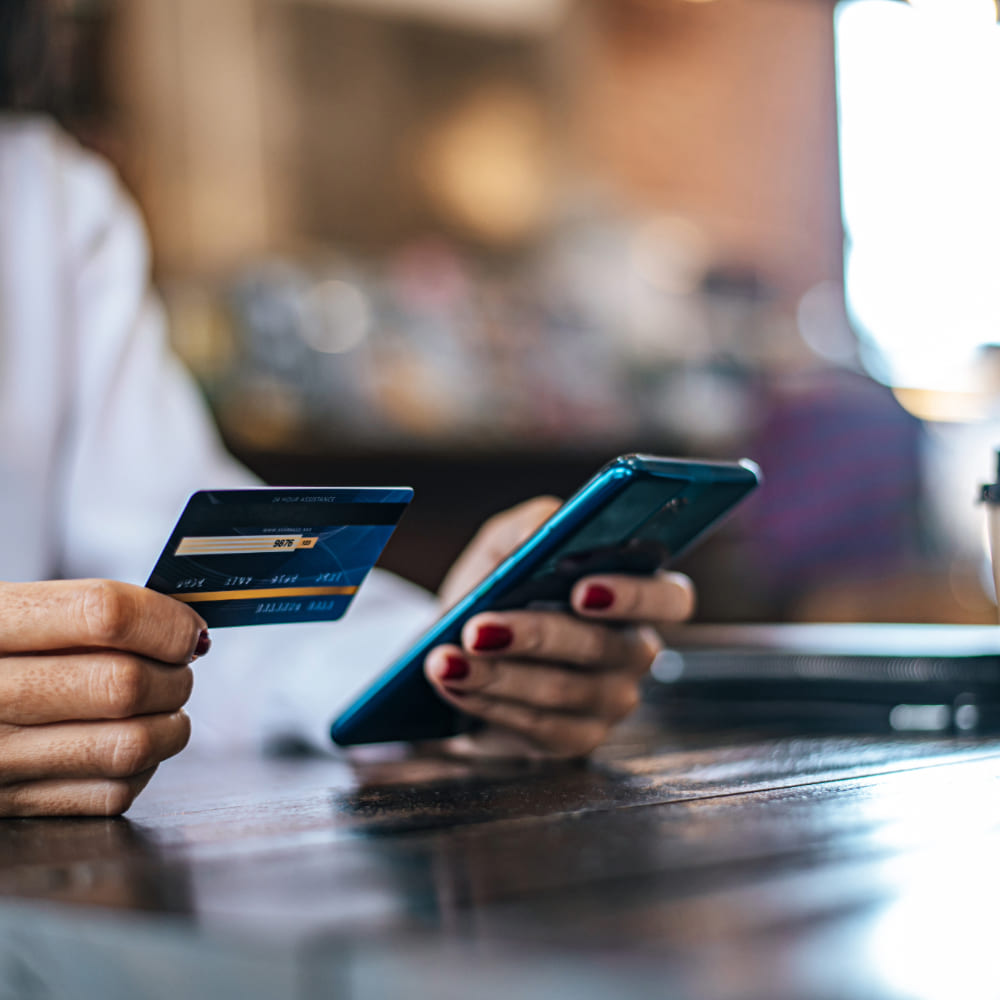The abandonment rate in the financial industry can be reduced — but only by addressing the underlying causes and redesigning digital experiences with real user needs in mind.
Social media: from personal connection to fraud

Originally conceived as platforms to maintain contact with acquaintances and rediscover people from the past, social media has radically changed the landscape of communication and social interactions in the digital world.
The early steps: connection and reconnection
S
ocial media has undergone enormous transformation since its inception, adapting and evolving in response to user needs and behaviours. They were born with a clear purpose: to facilitate communication between people. Pioneering platforms like Friendster and MySpace allowed users to create personal profiles, connect with friends and family, and rediscover people from the past.
These early networks offered a simple and effective way to share experiences, photographs, and important moments with a close circle. The ability to connect with old friends and acquaintances proved to be the most attractive feature, driving the exponential growth of these platforms.
Evolution: advertising, addiction… and fraud
Over time, social media began to evolve and diversify, becoming more than just simple connection tools. The emergence of giants like Facebook, Twitter, and Instagram introduced new business models focused on advertising. Monetizing platforms through targeted ads allowed social networks to generate significant revenue. However, this shift brought additional challenges, such as the growing intrusion of advertising and the intensive use of algorithms designed to maximize user time on the platform, thereby intensifying methods to make them more addictive.
Concurrently, these platforms became fertile ground for fraudulent activities. Social media fraud has grown exponentially, encompassing scams ranging from phishing to fraudulent investment schemes. Given that each social network attracts a specific audience, the types of fraud have also become specialized. The diversity of social media has facilitated the creation of niche-specific frauds. Platforms like Facebook have seen an increase in phishing scams and fake giveaways, where users are deceived into providing personal or financial information. Twitter, on the other hand, has been a hotspot for cryptocurrency-related scams, where verified accounts are hacked to promote fake Bitcoin giveaways.
For example, on Instagram, scams involving fake influencers and miracle products are common, while LinkedIn has seen an increase in fraud related to job offers and investment opportunities.
Digital identity verification: a growing market that needs protection
In response to the rise in fraud and the need for increased security, the digital identity verification market continues to expand and explore new models. Consumers, increasingly aware of online risks, have embraced these systems more readily. While the financial sector might initially seem the biggest beneficiary of these advances, the reality is that many industries are leveraging these technologies to strengthen their operations.
For instance, e-commerce uses digital identity verification to prevent fraud in transactions and protect customer information. Social media platforms have also integrated these systems to verify profiles and reduce the creation of fake accounts. Even in the realm of entertainment and online gaming, identity verification is crucial to ensure interactions are safe and authentic.
Social media’s bets on various identity verification methods
Identity verification systems employed by social media platforms vary in complexity and rely on a combination of methods to confirm user authenticity.
- Twitter: Uses a verification system based on identity documents and phone numbers. It awards a blue badge to verified accounts of public figures, journalists, and organisations.
- Facebook: Implements a system like Twitter’s, with document and phone number verification. Additionally, it uses behavioural analysis to detect fake accounts.
- Instagram: Verification on Instagram primarily relies on facial recognition and user activity analysis. It awards a blue badge to verified accounts of celebrities, influencers, and brands.
- TikTok: Similar to Instagram, TikTok uses facial recognition and behavioural analysis to verify user identity. The blue badge is awarded to public figures and well-known brands.
User caution: an imperative as social media enhances identity verification
Until social media platforms adopt truly comprehensive identity verification systems, it is essential for users to maintain a vigilant and cautious attitude. While companies are progressing towards stricter security measures, each user must take proactive steps individually to protect themselves from potential frauds and threats. Keeping a few simple tips in mind can be key to minimizing risks and safeguarding personal and financial information.
- Think before clicking: Suspicious links and pop-ups are common methods used by cybercriminals to deceive users and steal their data. These links may appear harmless or even enticing, but once clicked, they can redirect to fraudulent sites designed to gather personal information or install malware on the device. It’s always best to verify the source of the link and, if in doubt, avoid clicking.
- Stay vigilant: Constant vigilance is another basic measure to consider. Users should be alert to any unusual activity in their accounts, such as messages or posts they didn’t make, friend requests from unknown individuals, or changes in security settings. Social media platforms offer tools and settings to monitor account activity; using them regularly can help detect and prevent potential intrusions.
- Don’t share data freely: Protecting personal information is vital. Avoid sharing sensitive data such as credit card numbers, banking information, addresses, or personal identification numbers with anyone on social media. Even with acquaintances, it’s important to exercise caution. Cybercriminals may impersonate friends or family to obtain this information. Furthermore, social media platforms are not secure channels for transmitting sensitive data; it’s preferable to use more secure channels for sharing such information.
- Don’t send money: Finally, never send money to people you’ve only met through social media, no matter how convincing their story may be. Scammers often use emotional tactics (social engineering) to persuade victims to send money, whether through fake emergencies, fraudulent investments, or fake prizes. Before making any financial transaction, verify the authenticity of the request through other means of communication and consult with trusted individuals.
Conclusion
The evolution of social media reflects a complex journey from simple connection tools to multifaceted platforms facing constant challenges and threats in terms of security and privacy. As social media fraud continues to grow and diversify, the need for robust solutions in digital identity verification becomes more pressing.
Learn how our identity verification solutions can prevent fraud in your company
























